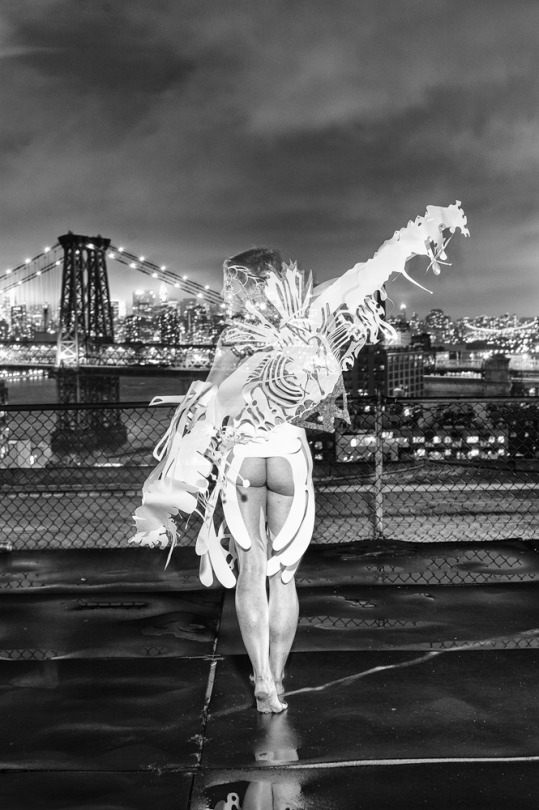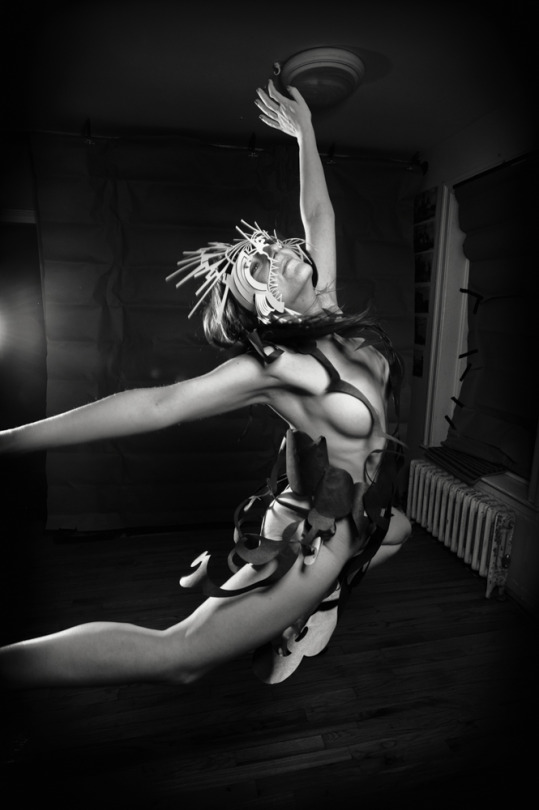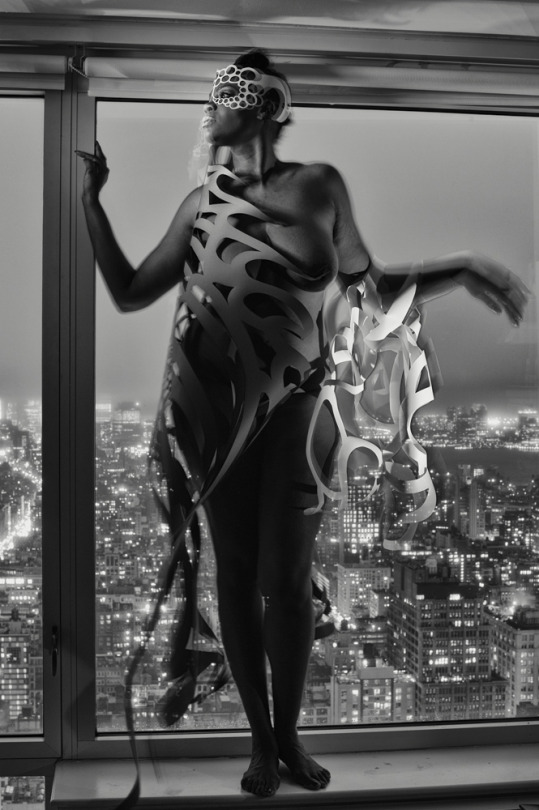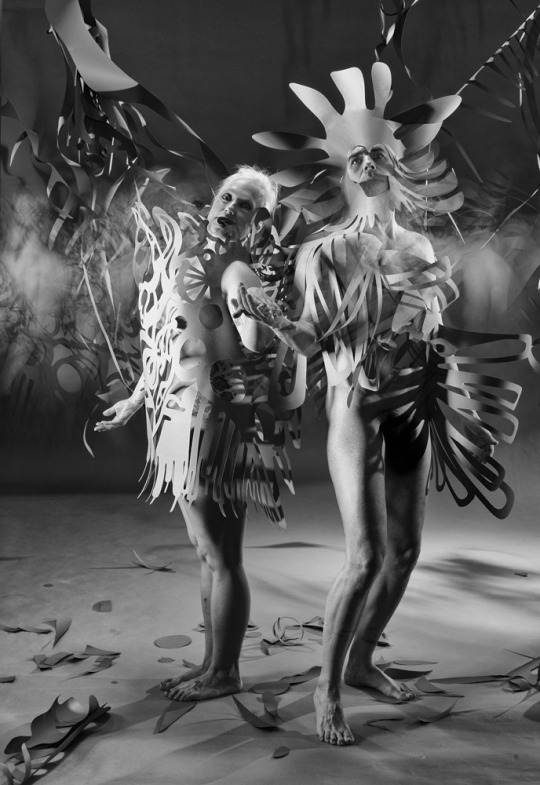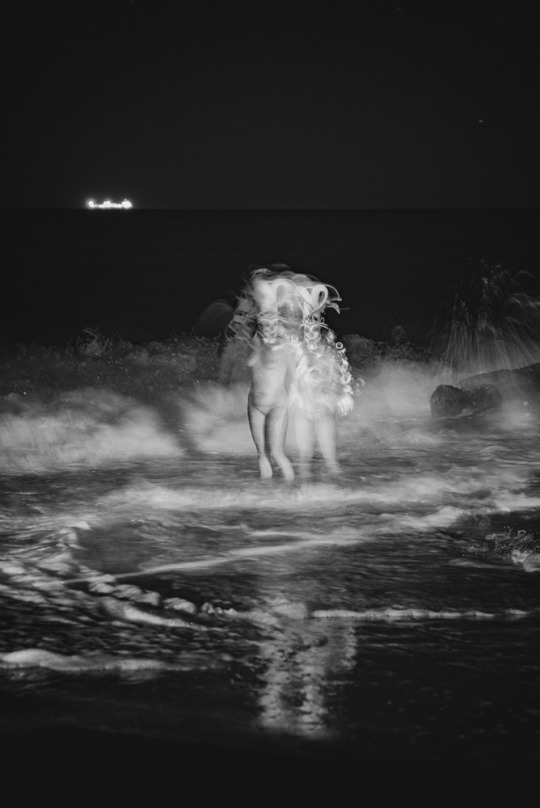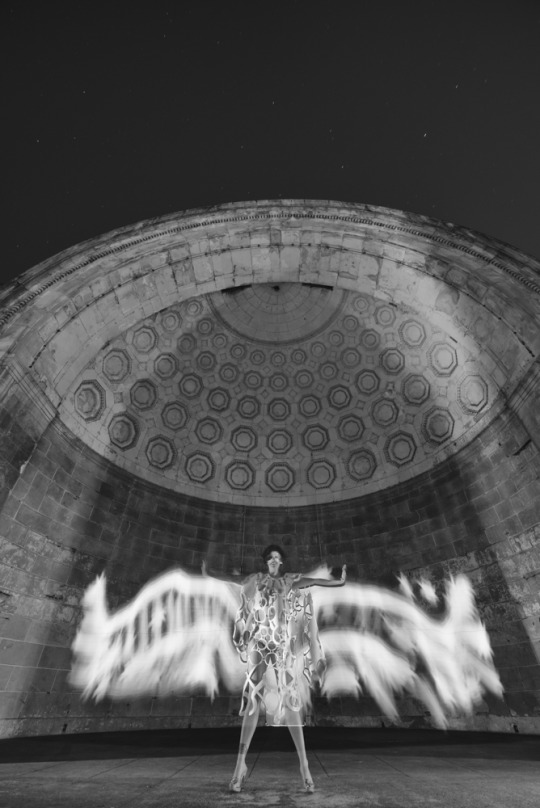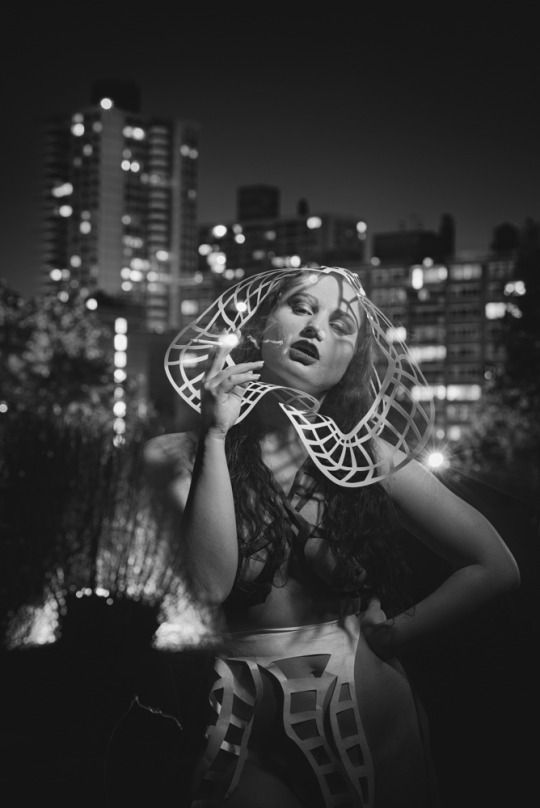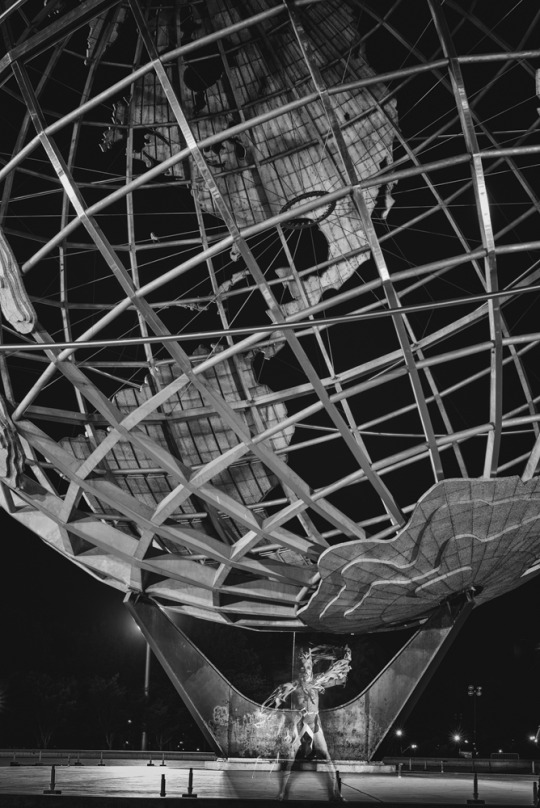Last Updated on 12/08/2015 by Chris Gampat
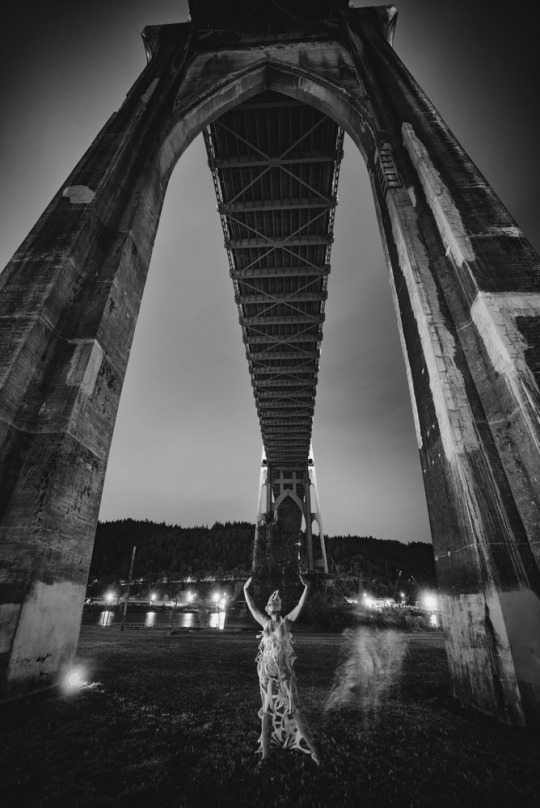
What makes black and white photography so important to you?
Black-and-white photography is a challenge to the viewer to regard the image differently from color photography. It’s never an accident – it’s a signal of intent.
The ubiquity of color photography has a created dichotomy. On one hand, it’s incredible that photography is accessible and fun for anyone with a smartphone (or camera). On the other hand, with near-universal access, there is no scarcity to photography whatsoever anymore – at least in its digital form. So how does one begin to express a personal belief that their photography should be considered as special? Though differentiation. And B/W is one difference.
Granted, making a photo black-and-white can be as easy as an Instagram filter. And for some it’s an act of mimicking nostalgic memories from heir grandparents or parents. But for me, I grew up on TMAX, XP2, ILFOPAN, FP4, HP5 and many other variations of film. That is, until I was taught how to properly shoot XP2 by photographer John Ehrenclou and used it almost exclusively until I bought a Nikon D700. And even then I was immediately attracted to Nik Silver Efex Pro because it provided immediate access to a palette of B/W options and tweaks to make the looks I always wanted. Kismet. I still use it to this day.
When I consume photography, I am drawn to those who have strong compositional skills, great tonal range and demonstrate a mastery of their craft or a passion to fail exquisitely. More often than not, I find those characteristics in B/W images.
Finally, I believe color photography is too real. It’s easy to pass by quickly because it resembles what we see every waking moment with our looking orbs. And unless you are a total master of color, light, composition and moment, your photos are likely to be unregarded. Or, you exaggerate color, saturation and other things so much that it departs from reality in a way that is (I think) more commercial More plastic
My decision to create in monochrome is not made from fear of not being noticed, however, it’s a choice to move towards asking viewers to set aside reality for a moment and enjoy my view of that moment.
A strange addendum to this thought is that I am peculiarly focused getting everything done in-camera. I don’t like digital manipulation. The most I do is stacking for star trails of some rare HDR to bring highlights under control in an urban nightscape. And dusting. Always dusting. Sigh… I am not so good at keeping lenses and sensors clean.
What inspires you to create photographs?
it is 100% selfish. I do it to please myself. I am happy when I am creating.
I also create photos for the opportunities to be wholly present. My waking life is fragmented. I am a tech junkie, lifelong student of marketing, social media addict, big consumer of streaming films and television, gamer, husband, cat owner, reader and more… And all of these things I love are competing for my attention. When I set out to make night photography, I can set aside all of those things for a few hours and just be present. It’s the gift of focus, and the pun is intended.
Being able to be singularly attentive to one action is, frankly, something I want a lot more of. So I am slicing out some time to make something that is singular to my set of beliefs, technical abilities and curiosity. It’s a bonus if someone else may also enjoy the results.
Why is black and white photography so important to our future in the art world?
To continue to define a line between the common and uncommon.
And also, I hope that it continues to promote thinking about finishing your work. About putting time into thinking about what the ideal final form of your art. For me, I am exploring Carbon printmaking and electrophotography. Both use carbon as the medium, and the results or about as permanent as art can be.
I hope that others are also exploring more than simply putting JPGs on the internet. A little scarcity goes a long way – don’t be afraid to undershare your best work. Be choosy and find the right (smaller) group of people that really, really dig it.
